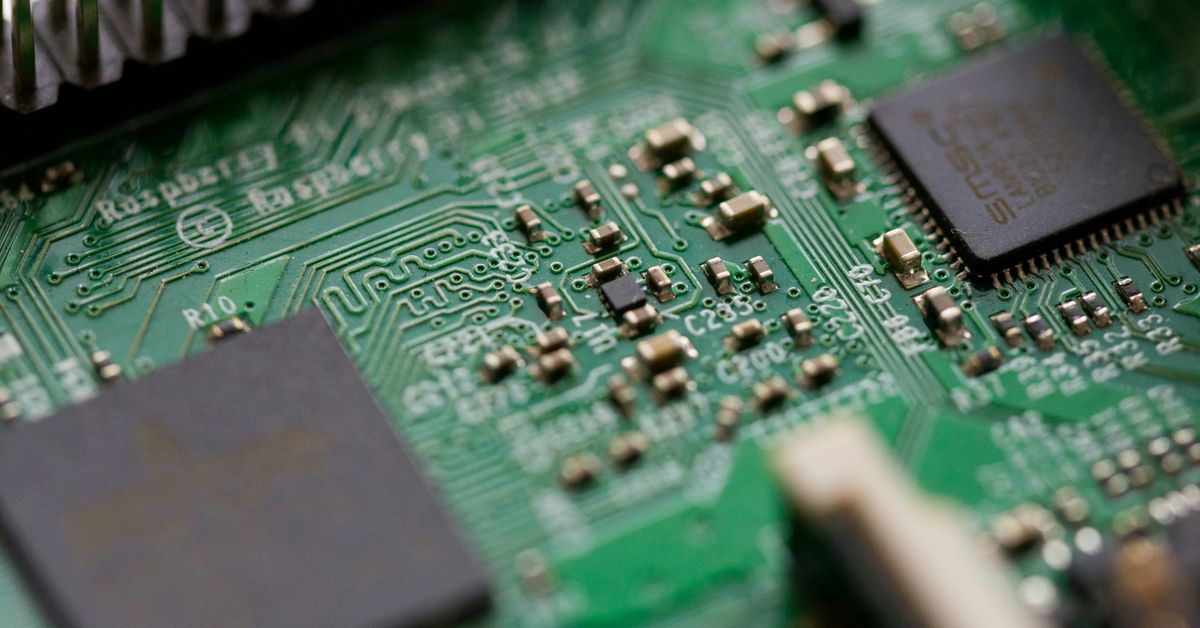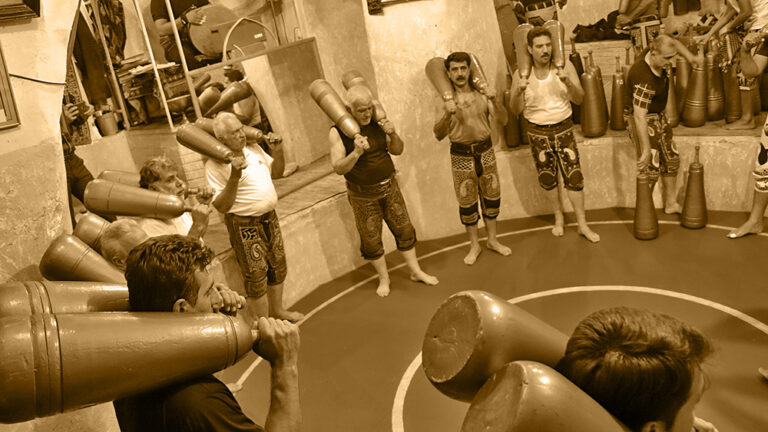Are These Wearables Really Boosting Your Workouts? The Surprising Truth Revealed
In a world where technology pervades every aspect of our lives, it’s no surprise that our workouts have also become a playground for innovation. As I scrolled through my social media feed last week, I couldn’t help but chuckle at the countless posts showcasing shiny new fitness wearables—everything from smartwatches that track heart rates to high-tech leggings that promise to optimize your performance. But it got me thinking: are these wearables truly enhancing our workouts, or are they just another gimmick? Let’s dive deeper into this fascinating question.
The Rise of Wearable Technology
Wearable technology isn’t exactly new. I remember the first time I slipped on a basic pedometer in high school, feeling like I had just entered the future. Fast forward to today, and the landscape has evolved dramatically. Smartwatches, heart rate monitors, and even smart shoes have hit the market, each promising to revolutionize our fitness regimes. According to some estimates, the global wearable technology market is expected to balloon to a staggering $60 billion by 2023. But with such exponential growth, it’s essential to ask: what’s driving this trend?
Convenience and Data
One of the main attractions of wearables is the convenience they offer. Imagine being able to monitor your heart rate, calories burned, and even sleep patterns—all from your wrist. This data is invaluable for those looking to optimize their workouts. For instance, a study conducted by the American College of Sports Medicine found that individuals who used heart rate monitors during their workouts significantly improved their performance over those who didn’t. It struck me that this could be a game-changer for many gym-goers, especially those who are serious about their fitness goals.
Personal Motivation
Let’s face it: working out can sometimes feel like a chore. The initial excitement of starting a new fitness routine can wane quickly, replaced by the daily grind of squats, lunges, and—dare I say it—endless cardio. Enter wearables. Many users report that their devices serve as a form of motivation, encouraging them to push through that last set or run that extra mile. A friend of mine, who I’ll call Sarah (because she wouldn’t want her name out there for this), swears by her smartwatch. “It buzzes when I’ve been inactive for too long,” she told me, rolling her eyes. “It’s annoying, but it works!”
What the Research Says
While personal anecdotes are valuable, they don’t always paint the complete picture. A number of studies have sought to assess the effectiveness of wearables in enhancing physical performance. One meta-analysis published in the Journal of Medical Internet Research indicated that wearables can indeed improve physical activity levels, particularly in sedentary populations. The research suggested that individuals using fitness trackers were more likely to meet recommended exercise levels compared to those without such devices.
Are We Getting Too Attached?
However, there’s a flip side. Anecdotal evidence and research alike indicate that some individuals may become overly reliant on their devices. I can’t help but think of a colleague who became obsessed with his step count. Every day, he would walk laps around the office, just to hit a certain number. While it sounds great on the surface, it led to some rather comical moments—like when he nearly missed a meeting because he had to reach his daily goal. It begs the question: when does tracking become an obsession?
Wearables and Performance Enhancement
Now let’s talk performance. Can wearables enhance not just motivation, but actual athletic performance? Some experts argue that they can help identify areas for improvement. For example, a runner might use a GPS-enabled watch to analyze their pace and optimize their training. A study from the International Journal of Sports Physiology and Performance noted that athletes employing wearables were able to significantly enhance their training effectiveness by gaining targeted insights into their performance metrics. But while the data is valuable, I couldn’t help but wonder—are we losing touch with the instinctual aspects of fitness?
Listening to Your Body
In my own experience, there’s something to be said for tuning into your body’s natural signals. I remember a time I relied too heavily on my fitness app’s recommendations, ignoring the signs my body was sending me. I ended up overtraining and, well, let’s just say my couch and I became very well-acquainted. While wearables provide great feedback, it’s crucial to balance that information with intuitive listening to your body’s needs.
Fitness Communities and Social Connectivity
Another significant advantage of wearables is their ability to foster community. Many devices come with social features, allowing users to share achievements, participate in challenges, and even engage in friendly competition. This social aspect can be incredibly motivating. I’ve seen friends rally together for virtual races, cheering each other on through their devices. Some experts even suggest that this connectivity can enhance adherence to fitness programs.
But Is It All Positive?
Despite these benefits, there are potential downsides to consider. The pressure to post achievements can sometimes lead to feelings of inadequacy or burnout, especially when comparing oneself to others. I’ve had moments where I felt like my meager steps paled in comparison to a friend’s impressive run. It’s important to remember that everyone’s fitness journey is unique, and social media often portrays a highlight reel rather than the full story.
The Cost of Wearables: Are They Worth It?
Let’s talk dollars and cents. Wearable technology can range from relatively affordable to downright extravagant. You could snag a basic fitness tracker for under $50, or you could drop over $1,000 on the latest smartwatch. Are the more expensive options truly worth the investment? Some reports suggest that while pricier devices may offer advanced features, the basic functionalities of lower-priced models can be sufficient for the average user. As with any purchase, it’s essential to consider your personal fitness goals and budget.
Longevity and Durability
Another factor to consider is the lifespan of these devices. I’ve had my fair share of wearables that, after a few months of wear and tear, seem to lose their luster—literally. While some brands tout durability and long battery life, others fall short of expectations. It’s crucial to research and read reviews before making a purchase. A friend of mine made the mistake of buying a popular brand, only to find the battery died within weeks. “I felt cheated,” she lamented, shaking her head. “It was like buying a fancy car that breaks down after a month.”
Integrating Wearables into Your Routine
So, if you’re considering adding a wearable to your fitness arsenal, how can you do so effectively? Here are a few tips that I’ve gleaned from my own experiences and conversations with fitness enthusiasts:
- Set Clear Goals: Determine what you want to achieve with your wearable. Whether it’s tracking steps, monitoring heart rate, or analyzing sleep patterns, having a clear goal will help you use the device more effectively.
- Don’t Rely Solely on Data: Use the insights from your wearable as a tool, but remember to listen to your body. Sometimes, the best indicator of how you’re feeling is simply how you feel.
- Engage with Your Community: Whether it’s joining an online group or challenging friends, don’t underestimate the power of social support. It can be a great motivator!
- Regularly Review Your Data: Take the time to assess your progress and adjust your routines as necessary. Wearables can provide valuable insights, but only if you actively engage with the data.
Conclusion: The Bottom Line
So, do wearables really boost your workouts? The answer isn’t straightforward. While they offer benefits such as motivation, performance insights, and community engagement, they can also create dependencies and pressure. As with many things in life, balance is key.
Ultimately, the effectiveness of wearables depends on how you choose to use them. They can be a valuable addition to your fitness routine, but they shouldn’t replace the intrinsic joy and satisfaction that comes from working out. As I lace up my sneakers for another workout, I’ll keep my device close by—but I’ll also ensure to tune into my body, listen to its needs, and embrace the journey rather than just the metrics.
So whether you’re a seasoned athlete or a newbie just starting out, consider what role technology plays in your fitness journey. And remember, at the end of the day, the best workout is the one that makes you feel good—wearable or not.











